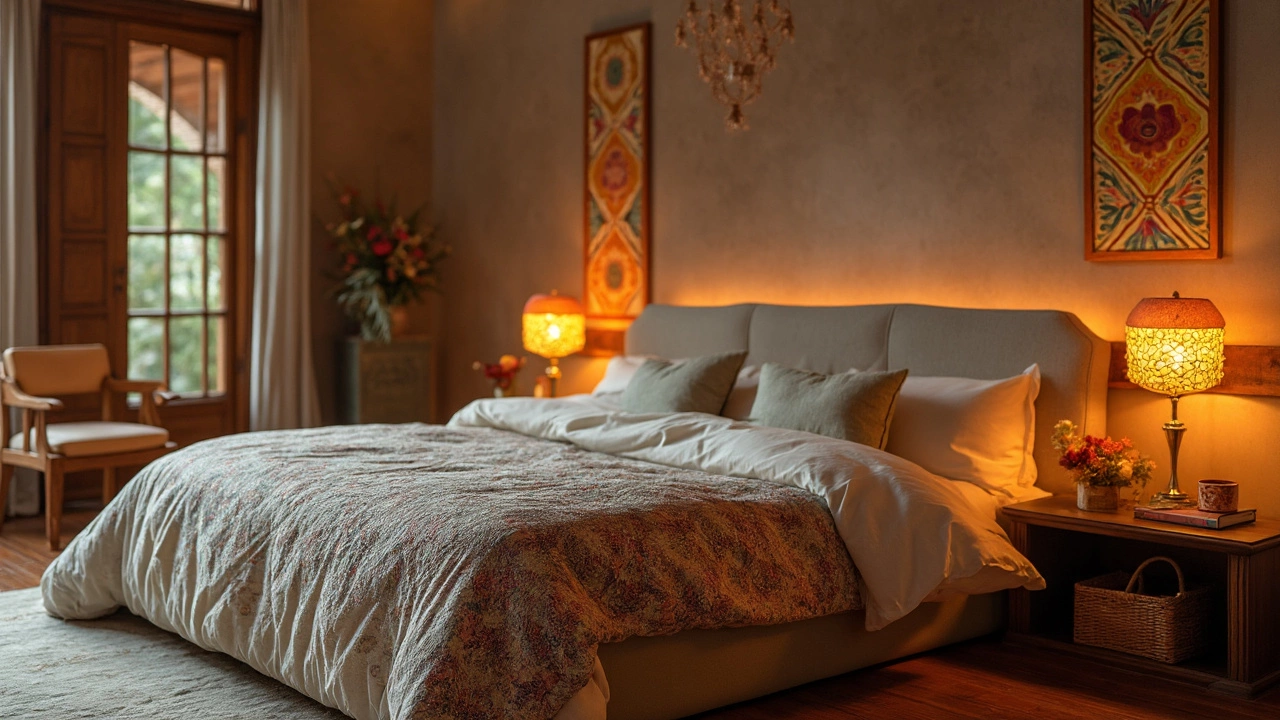
Best Types of Bedding: Comfort and Practicality
Choosing the best type of bedding can transform your sleep into a luxurious experience. With a variety of materials available, from cotton to linen, each has its own benefits and drawbacks. Understanding factors like temperature regulation and fabric longevity can help in making an informed choice. Invest in quality bedding to ensure better sleep and enhance your overall well-being.
View More